Animals, with their endearing antics and unpredictable nature, often remind us of babies – albeit babies that can weigh up to 2,000 pounds! It’s no wonder the original “Doctor Dolittle,” produced by 20th Century Fox in 1967, faced so many challenges during its creation. Far from becoming a classic, the film, burdened by a hefty budget, struggled at the box office. Adding to the chaos, Rex Harrison had to contend with untrained animals relieving themselves on him and, notoriously, his own less-than-stellar attitude.
From producers and directors to actors and even local residents, nearly everyone involved in the making of “Doctor Dolittle” encountered significant hurdles. While intended as an entertaining family film, “Doctor Dolittle” never achieved the iconic status of other major movies of its time, such as “The Sound of Music.”
Rex Harrison’s Brief Firing Due to Misbehavior
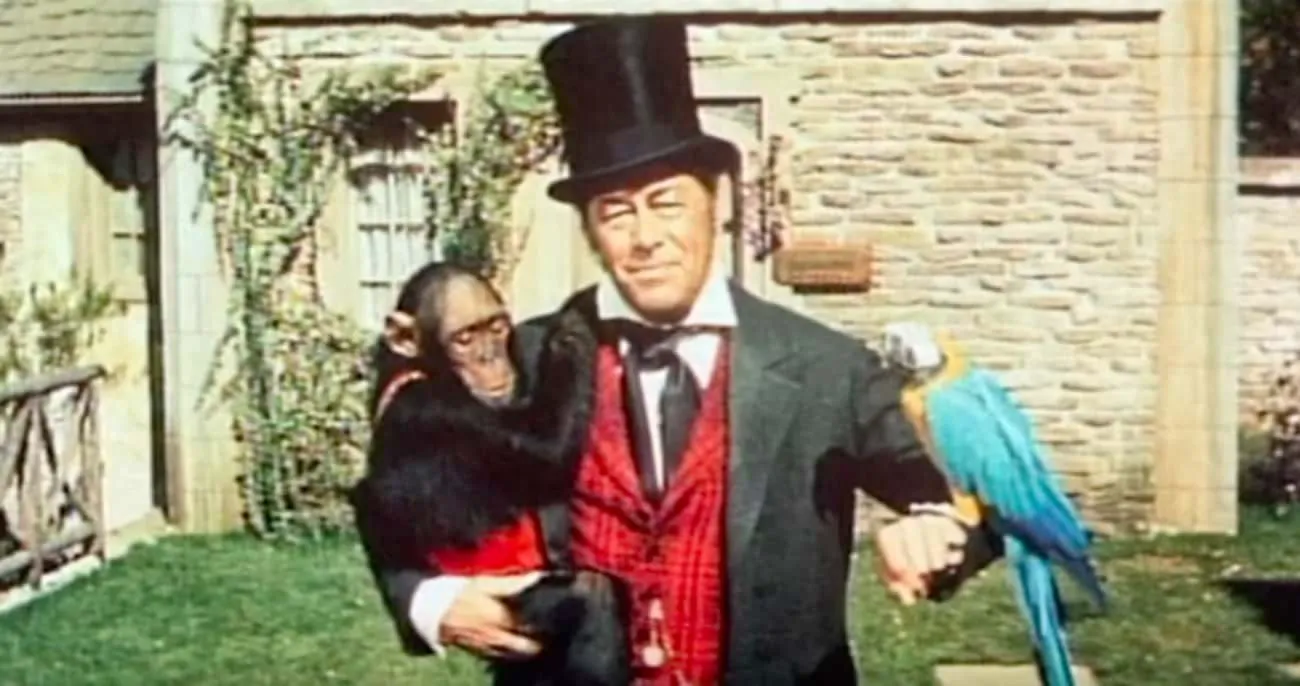
Rex Harrison’s initial enthusiasm for “Doctor Dolittle” stemmed from the prospect of reuniting with his friend and former collaborator, Alan Jay Lerner, who was slated to play a rival character. The duo had previously worked together on “My Fair Lady,” making the reunion a key motivator for Harrison. However, after months of delays, producer Arthur P. Jacobs dismissed Lerner, replacing him with Leslie Bricusse.
Understandably displeased, Harrison directed his frustration towards Bricusse. When Bricusse’s composition, “Talk to the Animals,” won an Academy Award, Harrison quipped, “Humorous songs are meant to be funny… that wasn’t funny at all.” Shortly after, the then-president of 20th Century Fox fired Harrison, only to rehire him weeks later following an apology.
Christopher Plummer’s Near Casting and Subsequent Loss
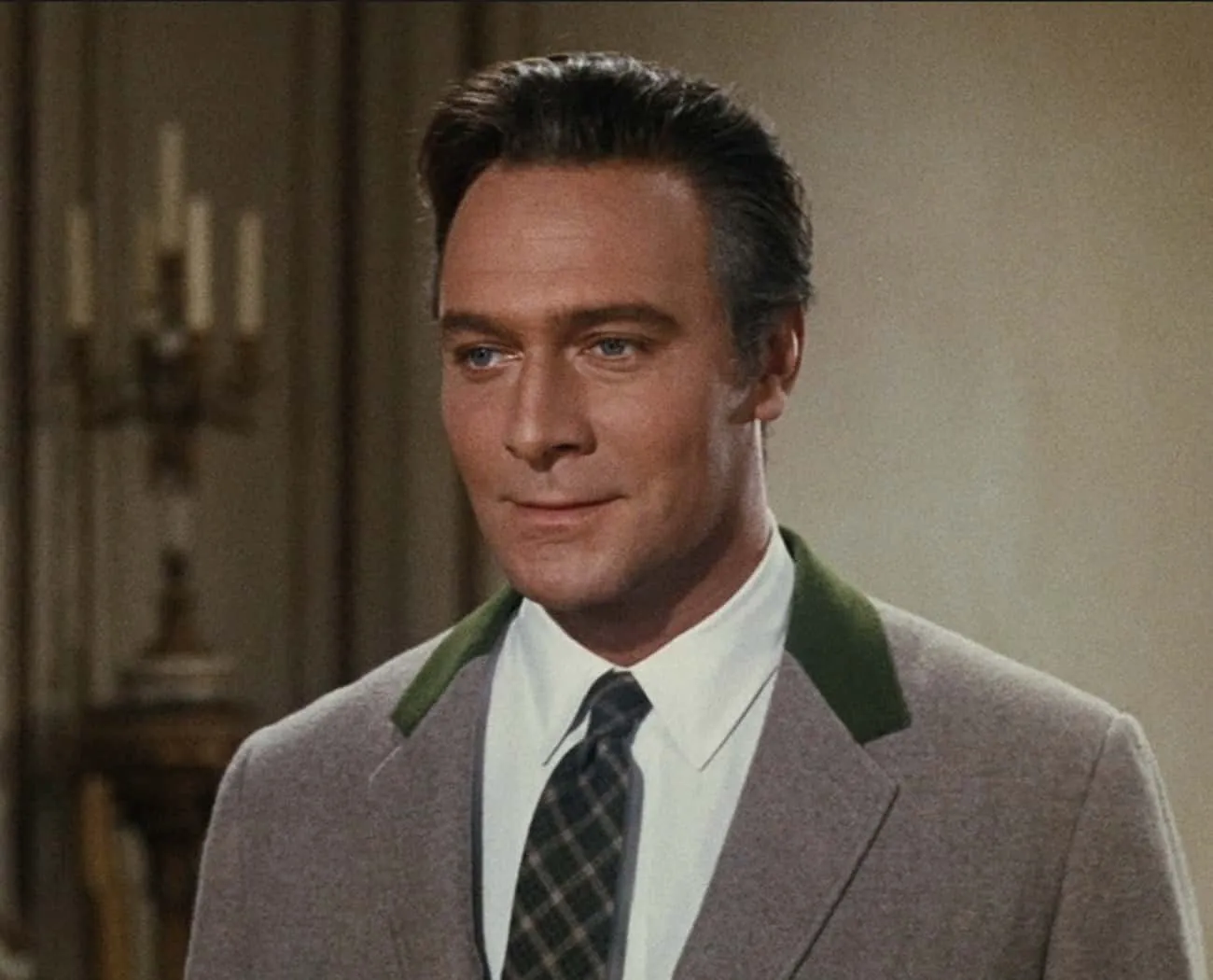
During Harrison’s brief dismissal, 20th Century Fox considered several replacements, including Alec Guinness, Peter Sellers, Jack Lemmon, and Peter Ustinov. Christopher Plummer came closest to securing the role, with Fox even buying out his contract for the Broadway play “Royal Hunt of the Sun.”
However, his opportunity vanished when the studio rehired Harrison.
Animal Bites and On-Set Mayhem
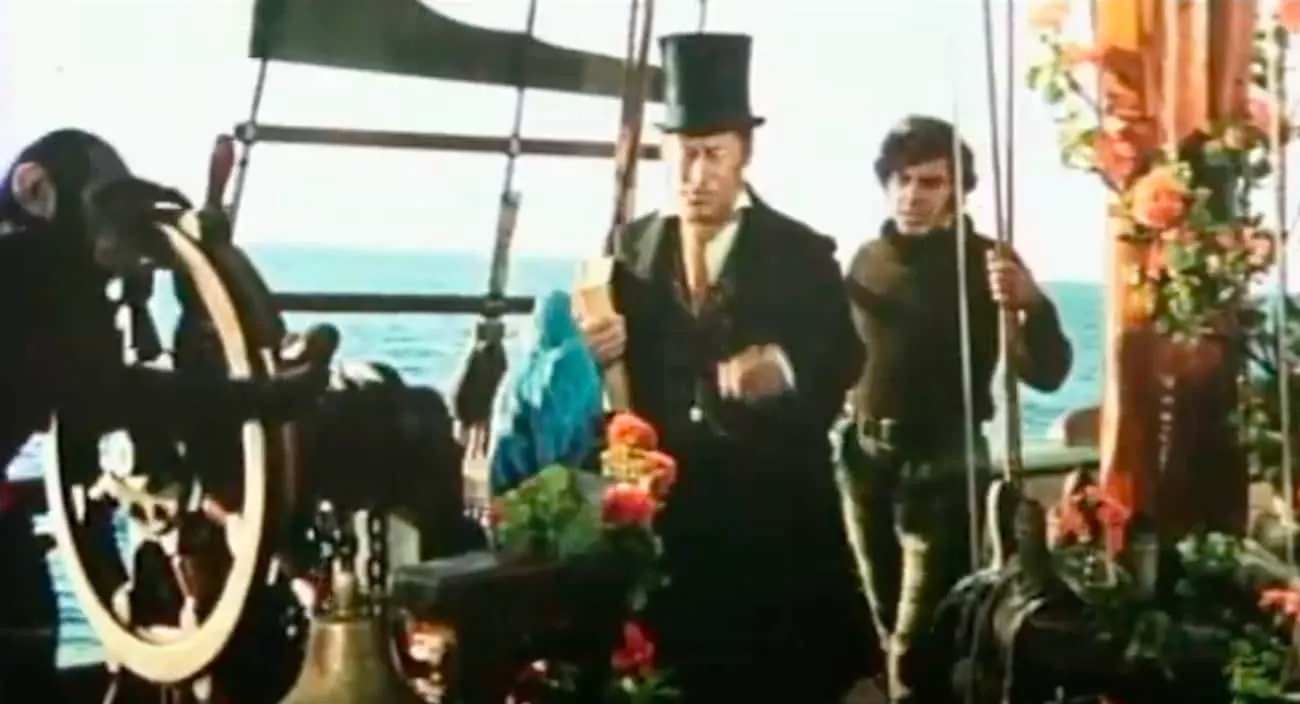
Perhaps the most challenging aspect of filming “Doctor Dolittle” was managing the animals. Squirrels freely gnawed on the scenery while trainers struggled to teach them basic tricks. Some crew members were ill-equipped to handle the chaos. For instance, one anxious squirrel was given a small amount of gin to calm it down, resulting in the squirrel passing out.
Harrison claimed he was bitten by “a Pomeranian, a duck, a parrot, and the chimpanzee, Chee-Chee” on set. Reflecting on the experience, he stated, “My love for animals is at a very low ebb.”
Local Uproar and Arson Attempts
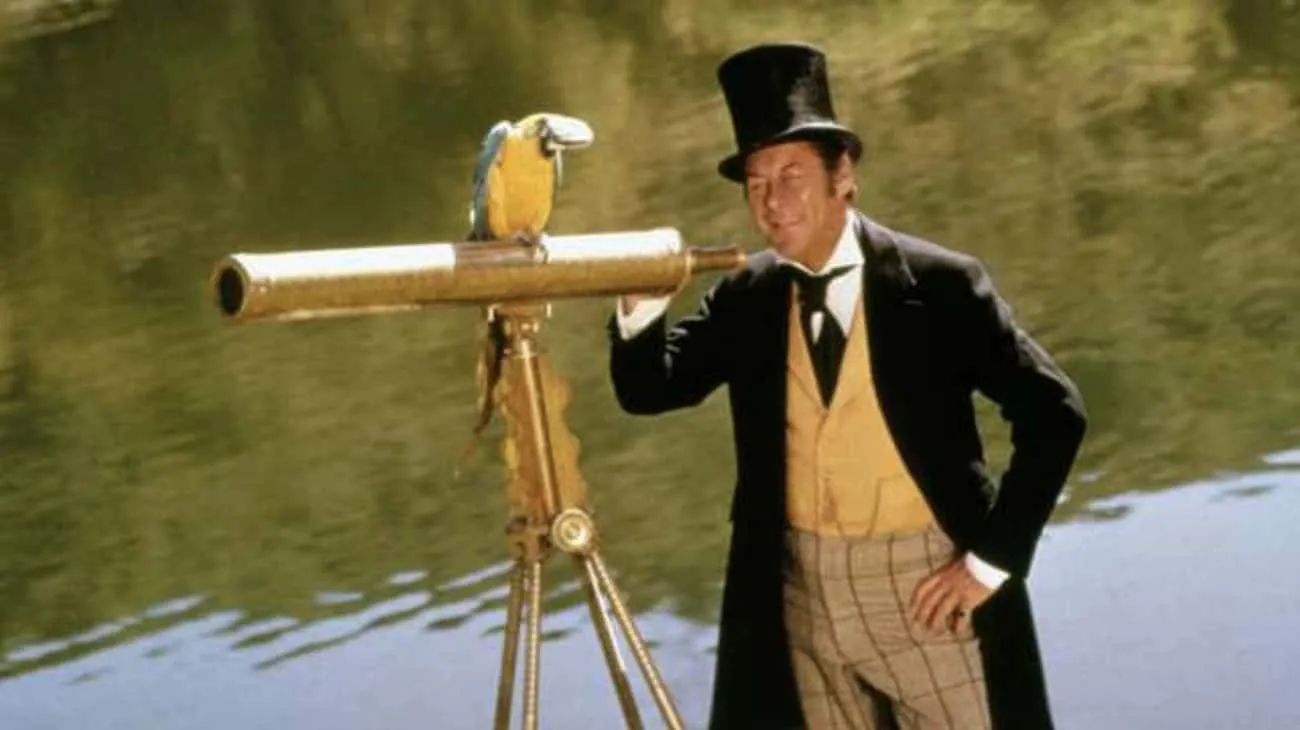
Filming in Wiltshire, England, essentially ravaged the countryside. The crew constructed artificial lakes and rivers, creating their desired seaside town. However, due to the rainy season, the town was prone to flooding.
The construction and filming angered local residents, one of whom placed homemade incendiary devices near the set.
A Giraffe’s Mishap and Production Delays
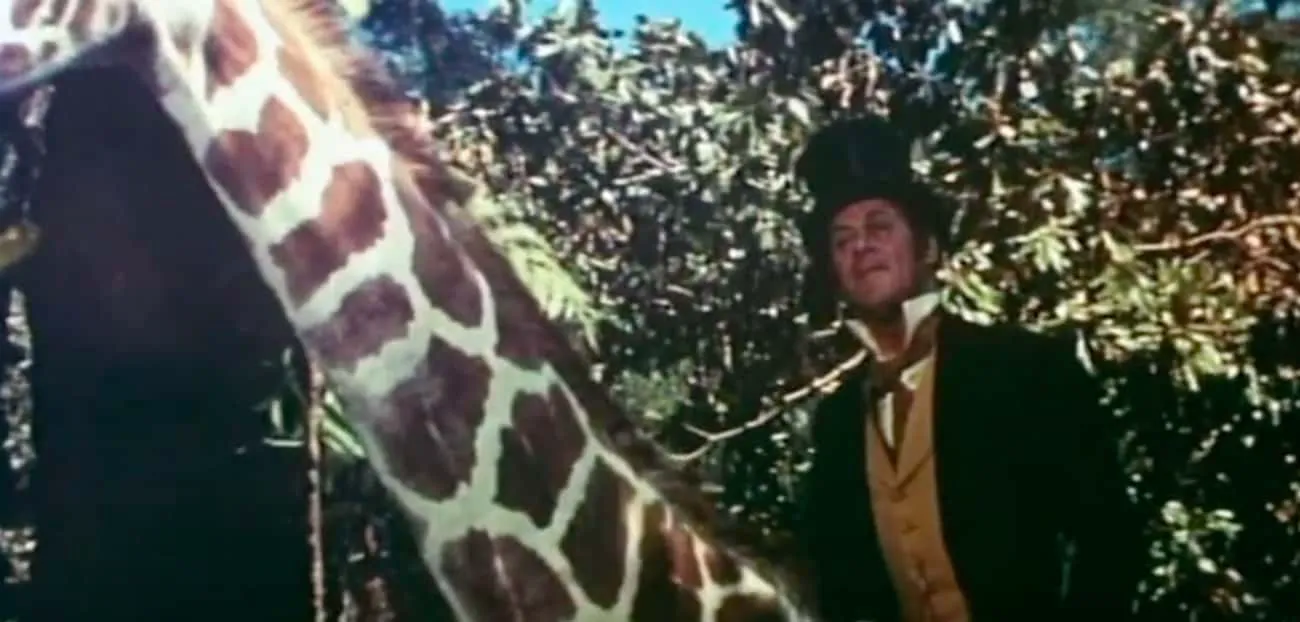
Herbert Ross juggled directing the musical “Apple Tree” in New York and “Doctor Dolittle.” He would spend weekends in New York with the stage production before flying back to Los Angeles to continue filming.
One day, Ross returned to New York early. When “Apple Tree” crew members asked what had happened, he replied, “We’re delayed for three days because the giraffe stepped on his testicles.”
Environmental Damage to the English Countryside
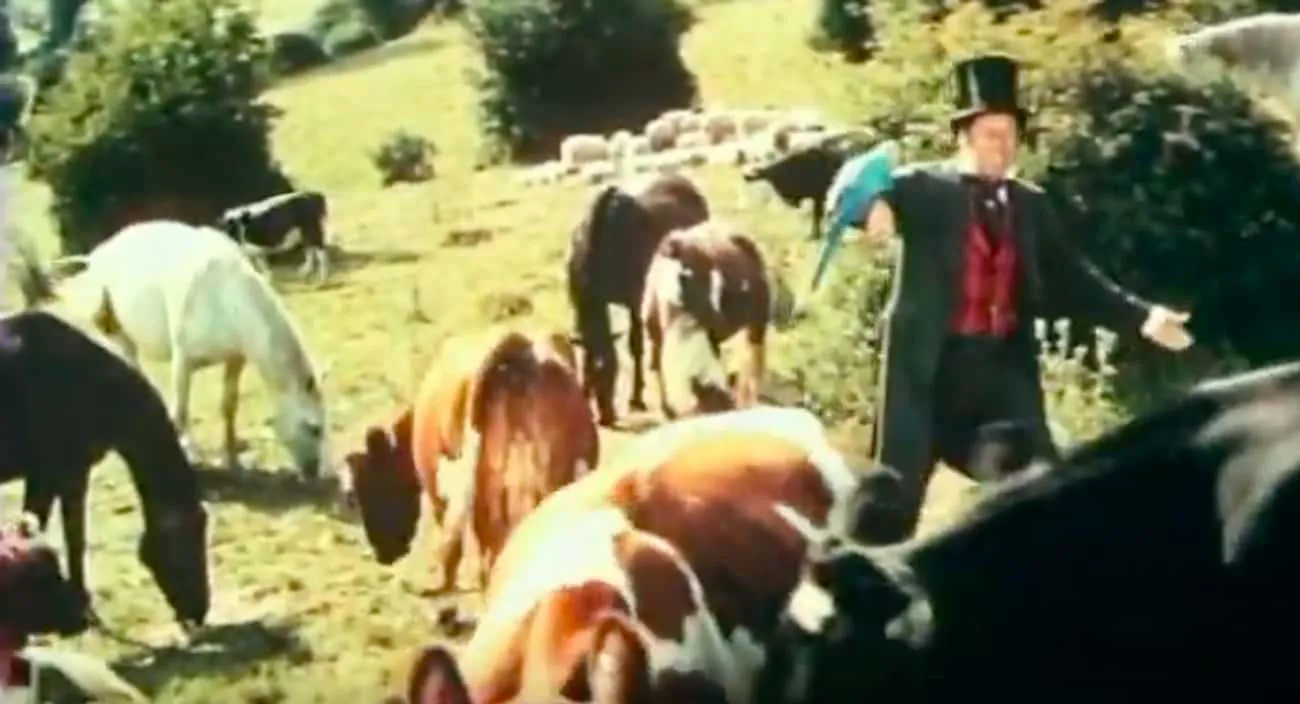
Much of the filming took place in Castle Combe, Wiltshire, England. Since the town was far from the sea, the crew had to dig artificial lakes and canals, then fill them with water to transform the set into a fishing village. These actions significantly damaged the local environment and upset the residents.
Ultimately, the director decided to rebuild some scenes on Fox’s studio lot after the California town flooded.
Animals Gone Wild: Paint, Scripts, and More
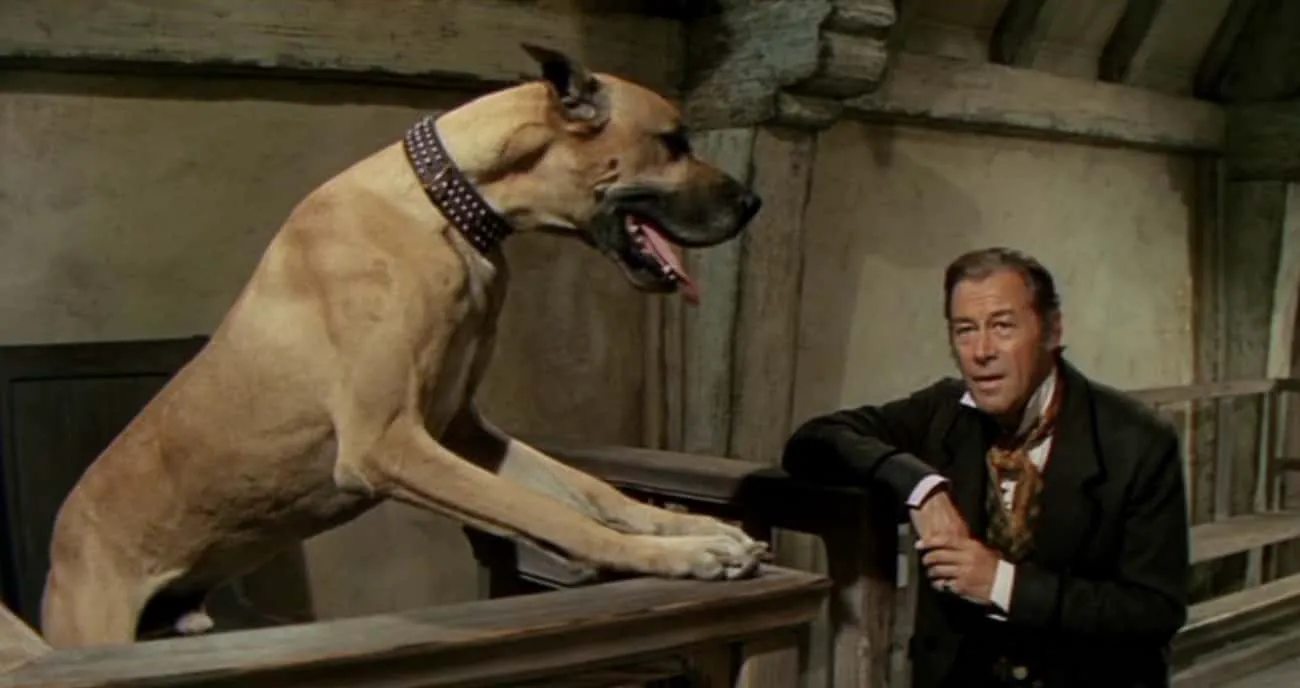
The film set proved to be an uncomfortable place for the animals. One fawn had to undergo immediate gastric lavage after consuming a liter of paint. Additionally, a goat ate the director’s script. In one scene, animals even urinated on Harrison.
Some ducks died unexpectedly during lakeside scenes because they lost their waterproof feathers.
Dysentery Outbreak Among Cast and Crew
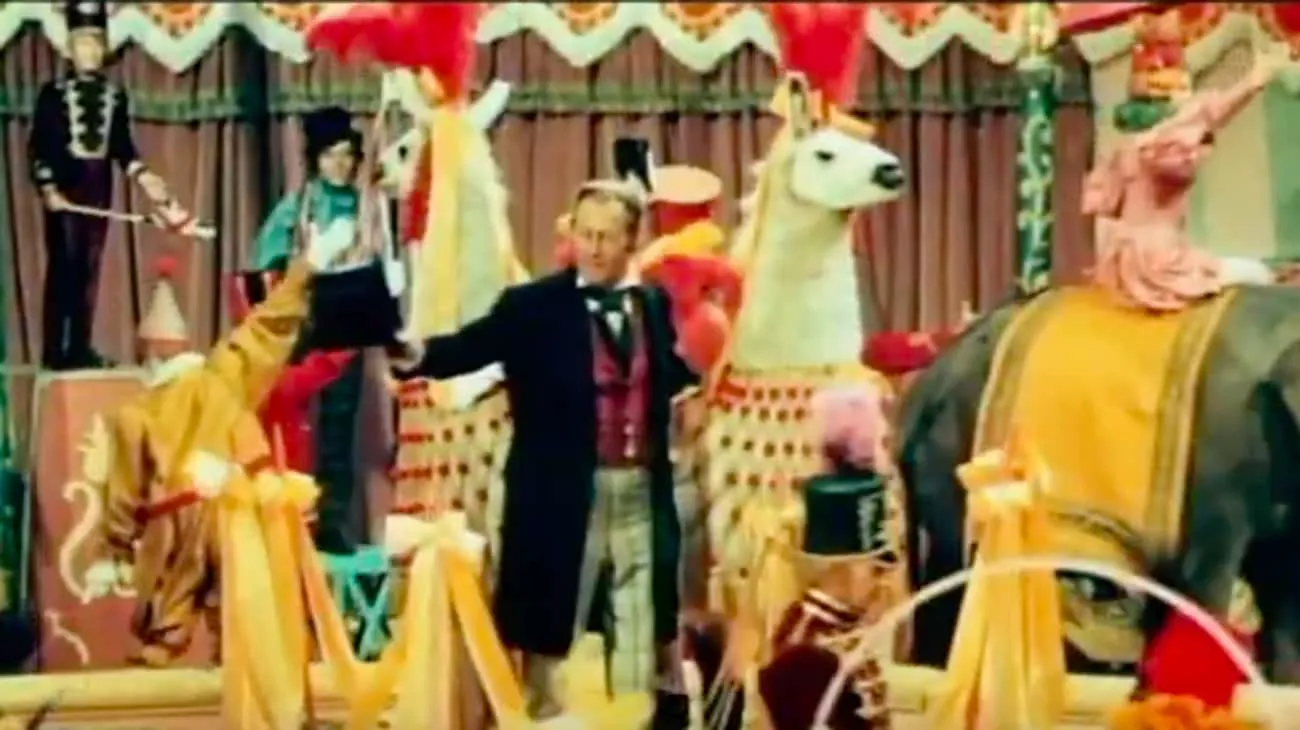
During filming on the Caribbean island of Saint Lucia, crew members frequently suffered from severe illnesses. Swarms of insects caused infections during the summer, ultimately leading to multiple cases of dysentery.
Some actors, such as 10-year-old William Dix and Anthony Newley, even endured terrible bouts of the flu.
Harrison’s Stubbornness and Filming Delays
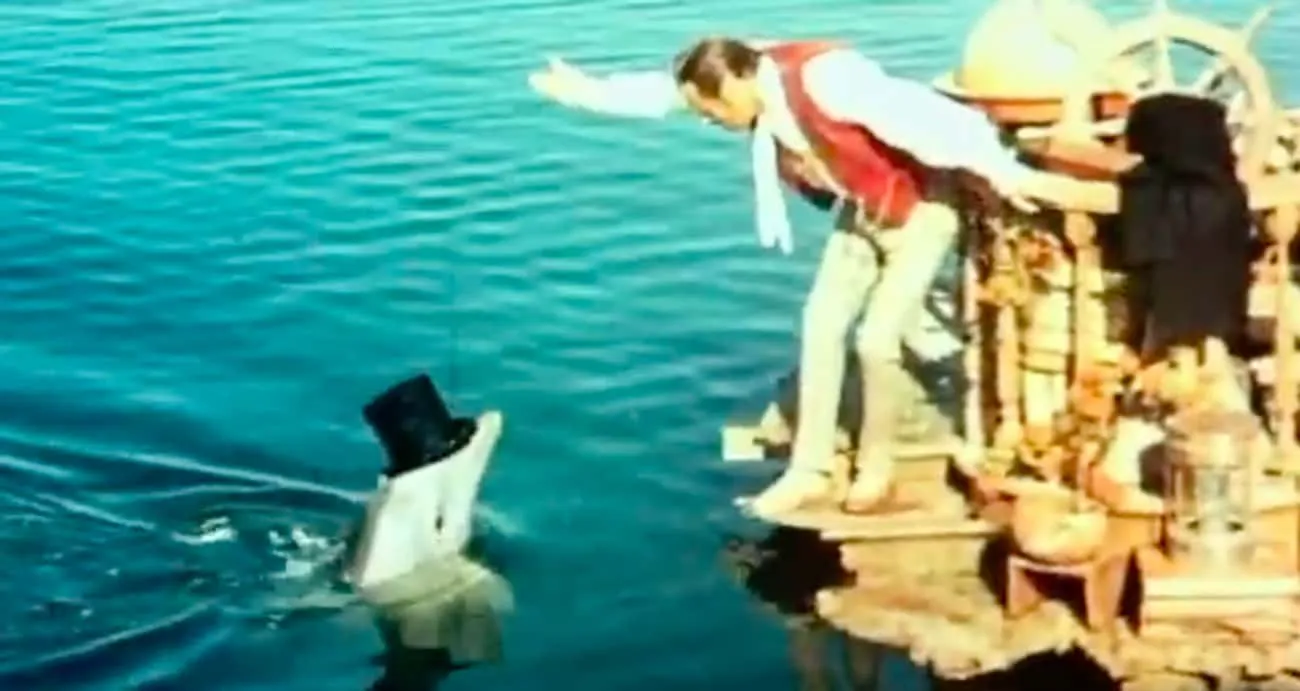
Harrison was also stubborn and dissatisfied with many aspects of the film. While filming on the Caribbean island of Saint Lucia, Harrison deliberately moved his boat into one of Anthony Newley’s shots. He then refused to move it for two hours, even though he knew he was hindering the filming process.
Samantha Eggar, who played Doctor Dolittle’s love interest, Emma Fairfax, described Harrison as, “Yes, he was unfriendly and mean, but he was also funny – until, of course, he turned on me too.”
A Constant Turnover of Animals
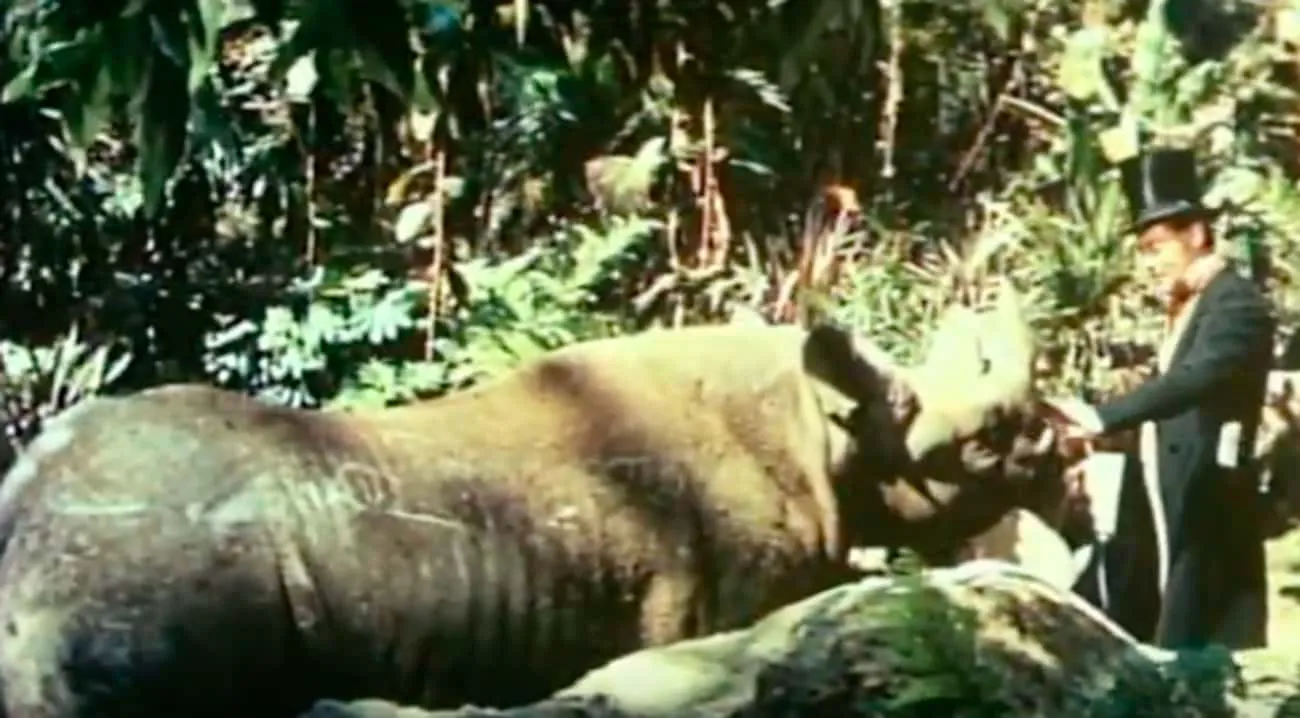
Hundreds of animals were present on set, but not all were well-trained, and some even died during filming. While there were difficult-to-obtain large animals, such as giraffes and rhinoceroses, there were also hundreds of smaller animals used for filming, such as chimpanzees, squirrels, mice, sheep, and chicks.
Besides their numbers, these animals were difficult to train and behaved poorly on set.
Deception and Director Changes
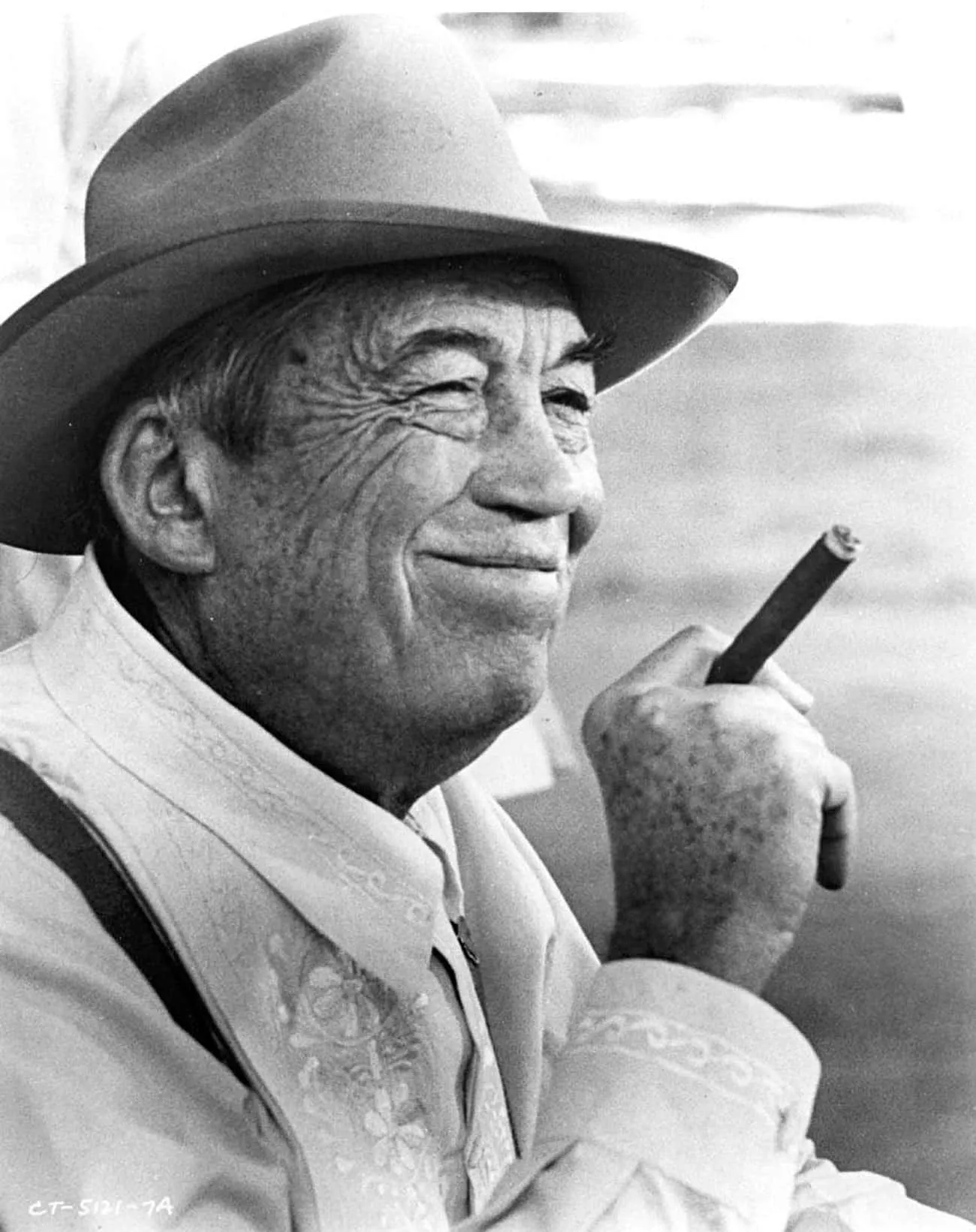
John Huston was originally tapped to direct “Doctor Dolittle,” but 20th Century Fox collectively lied to rescind the invitation. Huston, like Harrison, had a volatile temper. Executives collectively insisted that they withdrew Huston’s directing offer because of supposed legal issues with the film.
Producer Andrew Jacobs wanted someone easier to control on set, so he chose Richard Fleischer as his director.
A Problematic Character Removed from the Script

The initial script for “Doctor Dolittle” contained themes of prejudice and colonialism. The “Doctor Dolittle” series of books written by Hugh Lofting originally included a character named Bumpo Kabbubu. Bumpo asks Doctor Dolittle to turn him white so that the woman he loves will love him, and Doctor Dolittle complies.
Bumpo eventually attends Oxford University, but Lofting implies that he is a cannibal and mocks his difficulty with the English language.
Caribbean Children’s Reaction to the Snail Boat
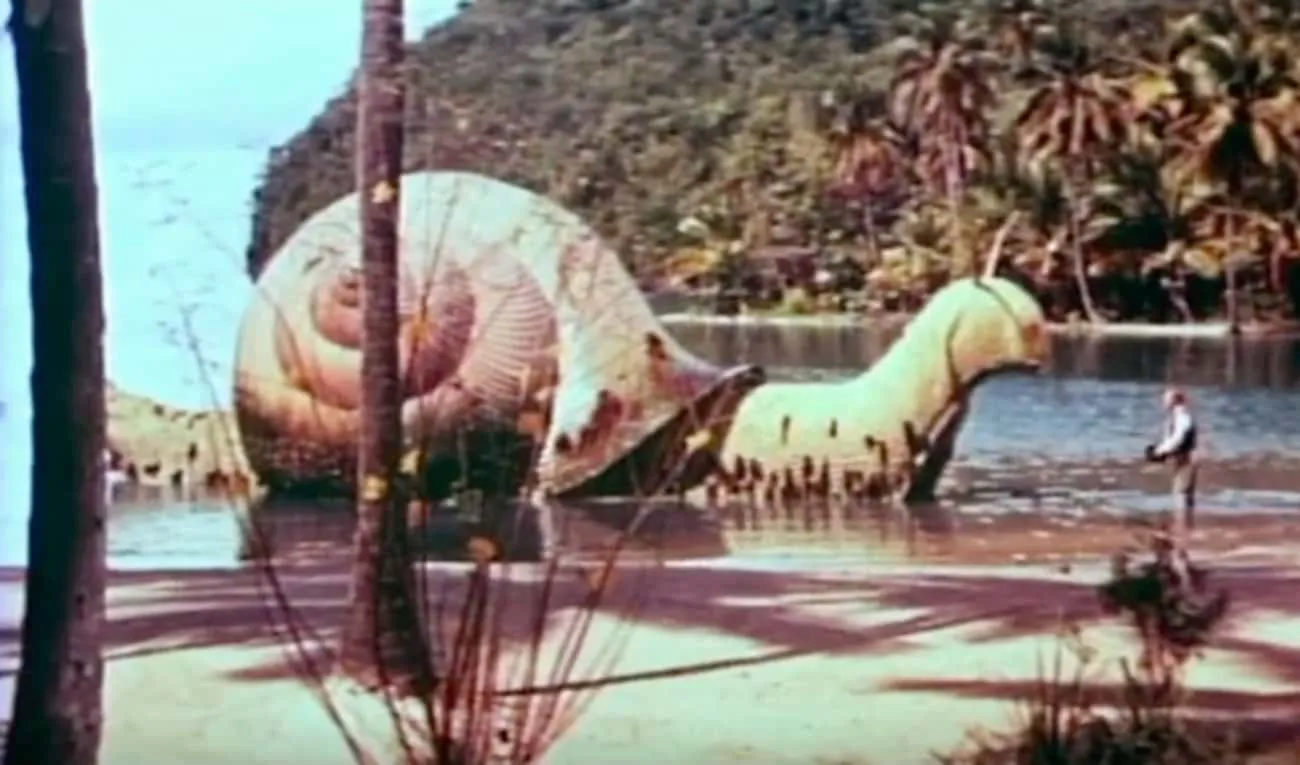
In the film’s grand finale, Doctor Dolittle was supposed to leave on a large, pink snail-shaped boat. However, the plan backfired. Many children in Saint Lucia had become ill from freshwater snails, so they viewed the snail boat as an insult and threw stones at it.
More importantly, the snail boat did not meet the director’s expectations. He said, “How could it be so wrong compared to what we saw in the prop shop? Even in a black-and-white long shot, it looked so wrong.”
The Film’s Near Demise of 20th Century Fox
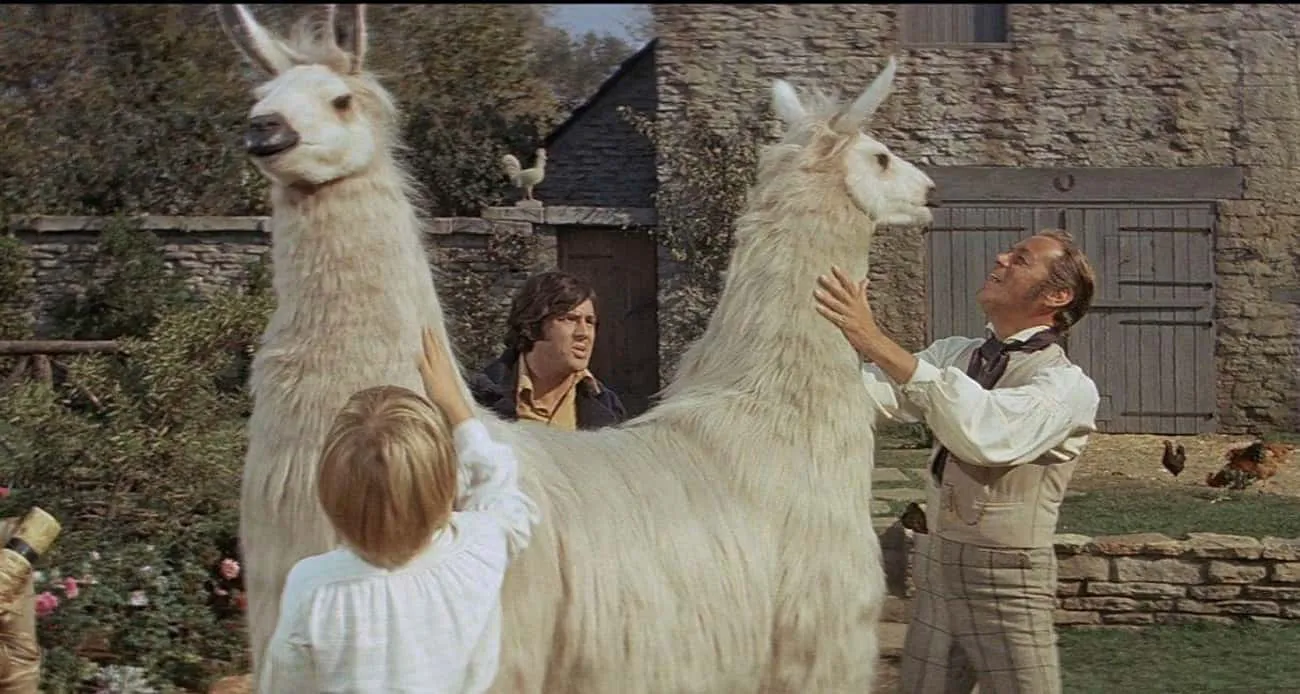
Coincidentally, 20th Century Fox had achieved unparalleled success with “The Sound of Music.” They originally hoped that “Doctor Dolittle” would come close to that figure at the box office, but the film only grossed $3.5 million, while the film company had invested $18 million in the film. Harrison wrote that “Doctor Dolittle” “dealt an almost fatal blow to the finances of 20th Century Fox.”
The film received nine Academy Award nominations, although this was largely due to the filmmakers buying expensive steak dinners for the Oscar judges.